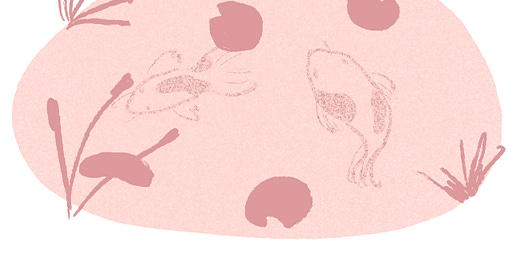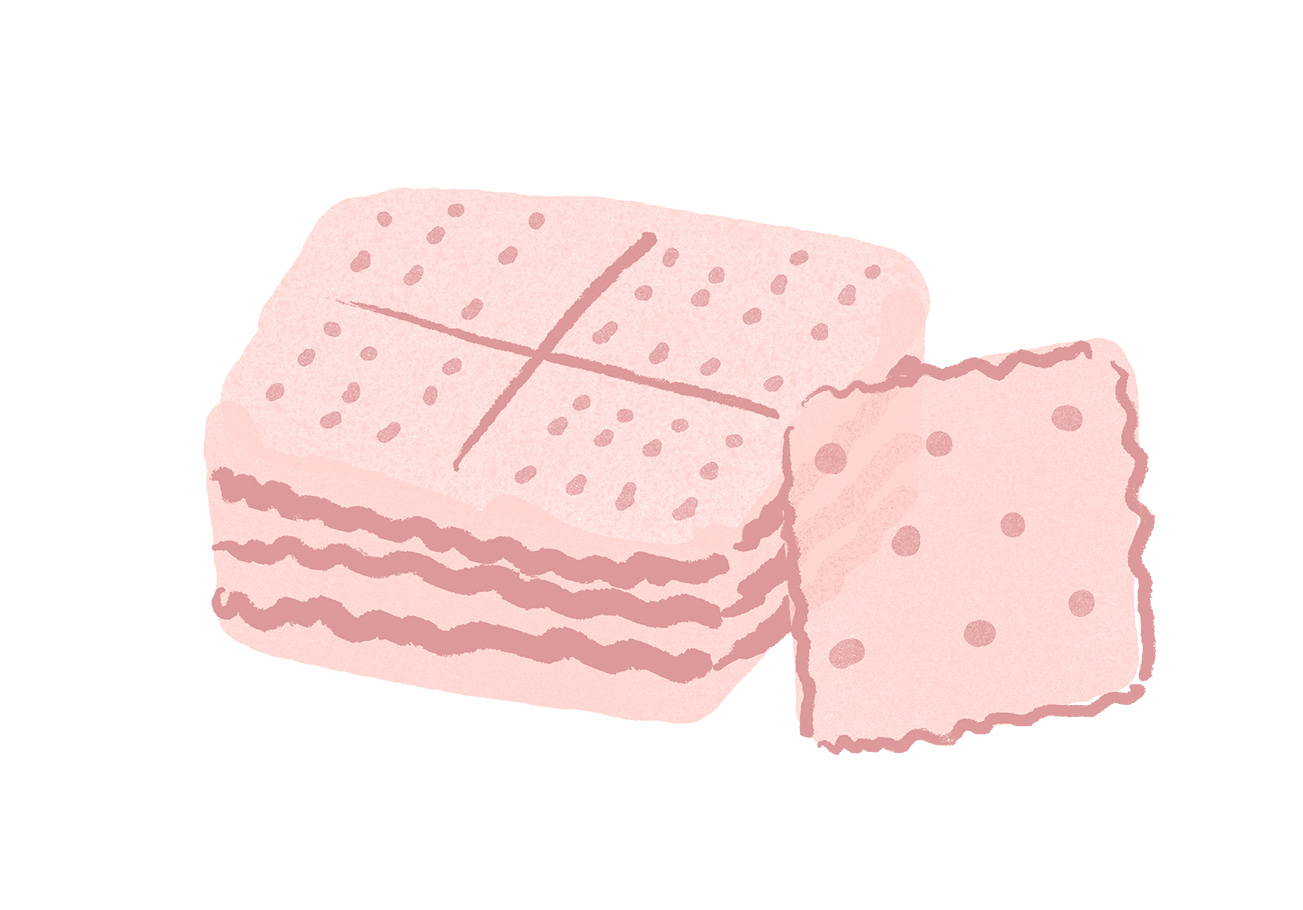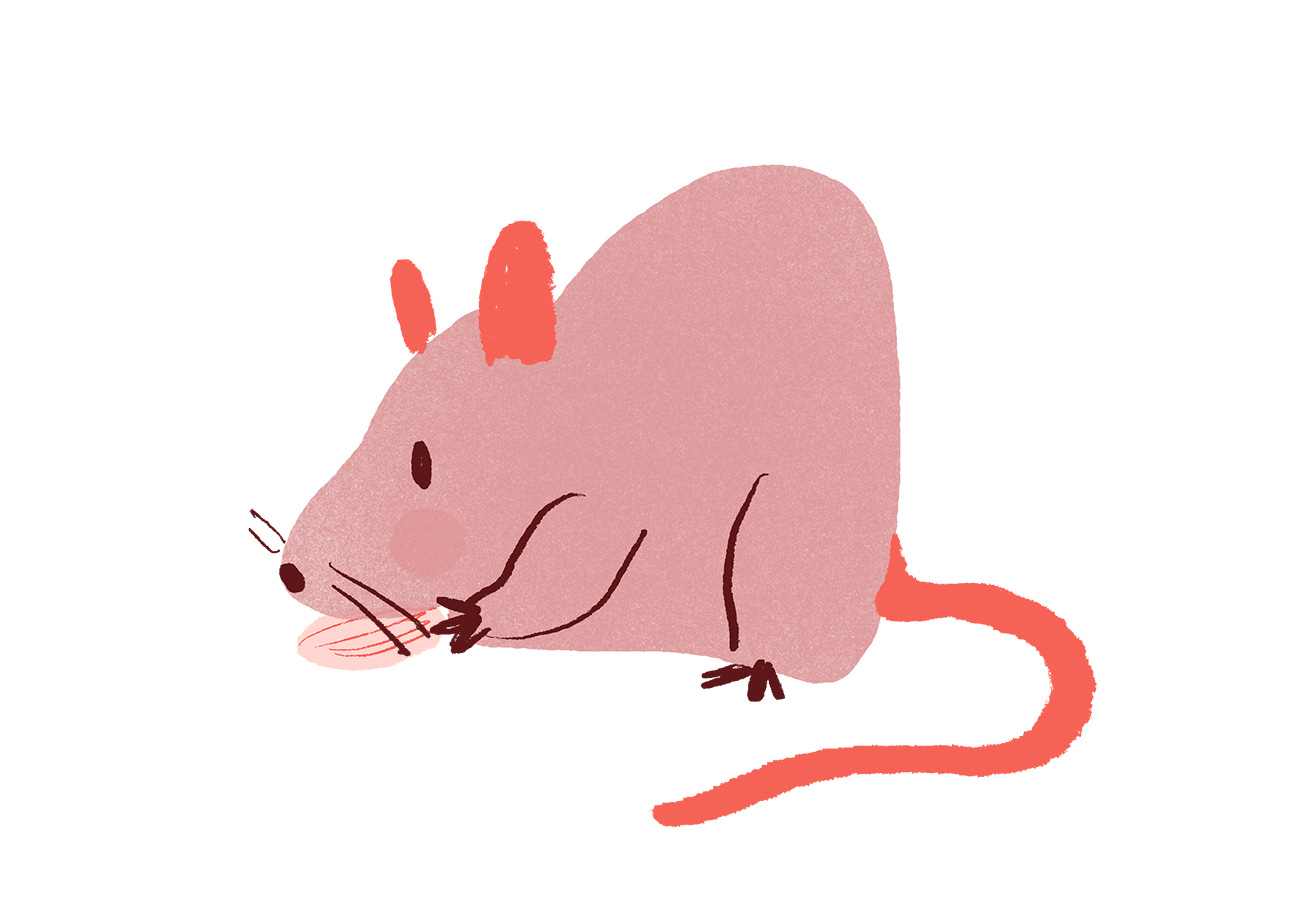How do fish survive under frozen water?
This, and other questions & answers for your curious inner child.
If you’re new to this newsletter, this is my just-for-fun segment each month that is essentially: “What I Googled This Month”. The intention is to bring some levity to your inbox and who knows- maybe you can parade some new fun facts at your next gathering.
You can read a brief blurb about my insatiable thirst for random facts here.
Please note: I am not an expert and this is truly just for fun. I don’t personally stand behind any of the sources. If you’d like to learn more or fact check, feel free to do some googling on your own as well and let me know what you find!
What I learned: A preacher and health reformer named Sylvester Graham developed the graham cracker in 1829 to supplement the “Graham Diet”. This included whole wheat bread, fruits and vegetables, and foods rich in dietary fibre. While wholesome sounding enough, the dark underbelly is that he also believed in minimizing pleasure of any kind (including sex and masturbation) and thought that this was how God wanted people to live. (Source)
Why I googled: I’m sure it comes as no surprise that the gal who loves bird watching wants to install a bird-feeder in her tiny yard. The problem is that we live in the city close to a lot of restaurants which means lots of potential rodents.
What I learned: Alright, here are the Coles Notes:
Keep your bird feeder 10ft away from other surfaces (to prevent jumping squirrels)
If hanging from a tree, consider using a baffle to further deter squirrels or raccoons. If using a free-standing pole, make sure it’s made of metal and not wood or PVC.
Use a seed tray to catch the seed shells that birds leave behind.
Or better yet, use a no-shell bird feeding mix.
OR, better yet, use a SPICY no-shell bird feeding mix since only mammals can taste spice.
Avoid using platform bird feeders and opt for weight sensitive feeders made of glass or metal.
Keep the ground clean and shell-free, and reduce ground-cover/ places for rats to hide. Better yet, you can plant rat-deterring plants.
What I learned:
Lakes and ponds that fish live in over the winter do not freeze all the way to the bottom. A layer of water at the top of the pond freezes. The ice and snow on top insulate the water, helping keep the water at around the same temperature throughout the winter.
Fish are cold-blooded, so their body temperature changes as the temperature of the water they’re swimming in changes. Most fish spend the winter at the bottom of the lake, where the water is the warmest. During the cold winter months, fish eat less, move around less, and they also don’t need to breathe as much. That’s really important, because oxygen can be hard to get from the water under the ice.
Most of the time this is fine. The fish will slowly use up the oxygen in the water until spring comes and the ice melts. (Source)







